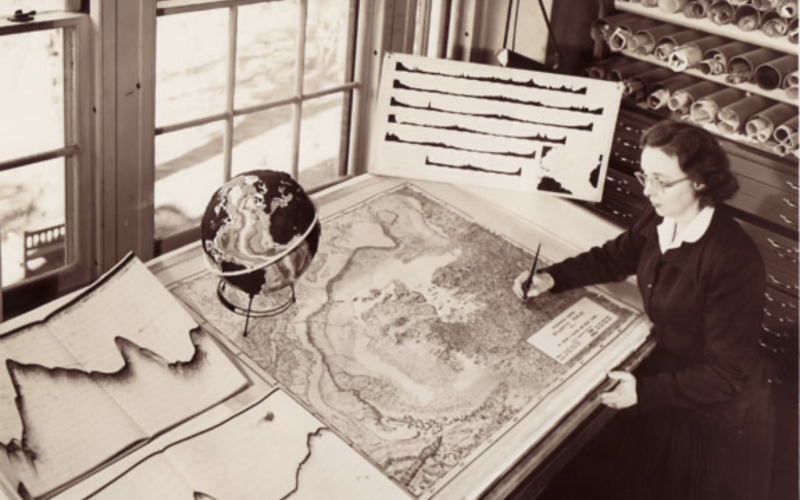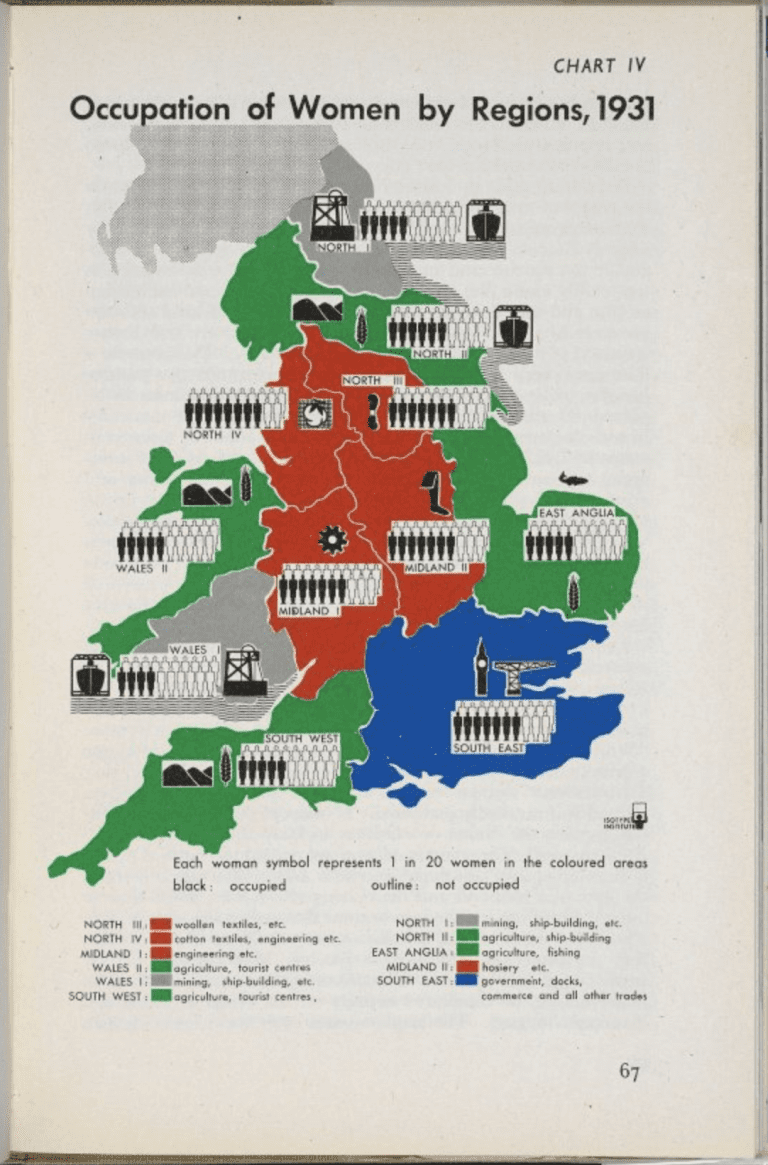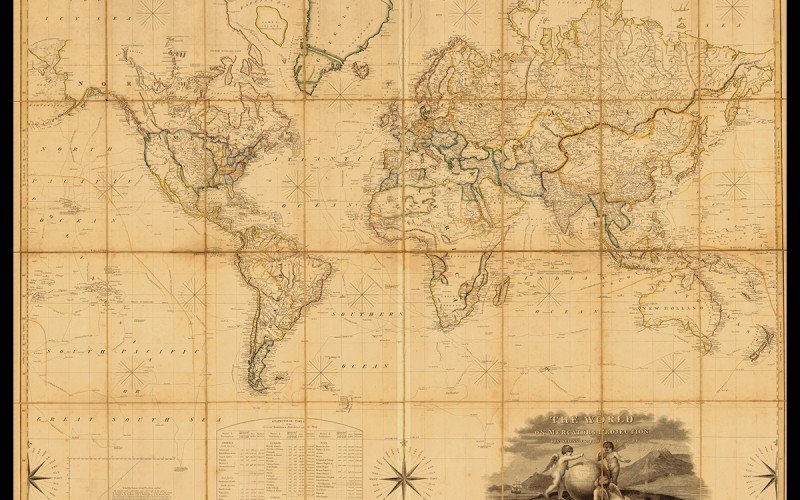Woman in Cartography

Cartography, the art and science of making maps, has been around for centuries. Throughout history, cartography has been a male-dominated field, with few opportunities for women to make their mark. Although women have been involved in cartography for centuries, and played a vital role in producing maps, their contributions have often been overlooked. Historically, there have been many challenges for the female cartographer to face. Much mapping was done from ships which banned women; and universities were closed to women which cut off another avenue. However, many cartographic businesses were family-run and women often worked as engravers, colourists and more, it’s just that their contribution has mainly gone unrecognised.
It wasn't until the 19th and 20th centuries that women began to make significant contributions to map making. Over the years as more and more women have entered the field, their contributions have been vital to the development of modern cartography. Nowadays we know thousand names of women who had drawn, published, printed, engraved, sold, or traded maps prior to 1900 alone.
In celebrating International Women’s Month, it is intriguing to take a look, and equally important to mention and acknowledge some of these trailblazing women from our past that have helped to forge a rich and vibrant future for us now. Their work have made significant contributions to cartography throughout history.
MARY ANN ROCQUE
With the explosion of cartography in the 17th and 18th century, also known as the Age of Discovery, came a surge in European explorers and settlers vying for territory. In this time, Mary Ann Roque decided to carry on her husband’s prominent London map business, and became a celebrated cartographer in her own right. One of the reasons she has largely gone unnoticed in history is that women mapmakers of her time often used their initials to attribute their work, in order to hide their gender from the public eye. Nevertheless, her contributions to the art and science of mapmaking cannot be overstated.
FLORENCE KELLEY
Many know Florence Kelley for her efforts as a social activist, but few know her for her maps – she wasn’t a cartographer, after all. But it was through her maps that she managed to reform labor laws in Illinois and, in time, the entire U.S.
MARIE THARP
In 1888, Marie Tharp was born. Tharp went on to become one of the most important cartographers of the 20th century. In the 1950s, Tharp and her colleague Bruce Heezen created the first map of the ocean floor, which revolutionised our understanding of the planet. Tharp's work helped to uncover the mid-Atlantic ridge, a massive underwater mountain range, and it showed that the ocean floor was not a flat plain but was instead marked by deep valleys and towering peaks.
GERTRUDE WILLIAMS
Another important figure in the history of women in cartography is Gertrude Williams. Williams was a British cartographer who worked for the Royal Geographical Society. In the early 20th century, Williams produced a series of maps of the Middle East that were used by the British Army during World War I. Williams' maps were instrumental in the successful campaign in Palestine, and her work was recognised with several awards, including the Murchison Grant of the Royal Geographical Society.






